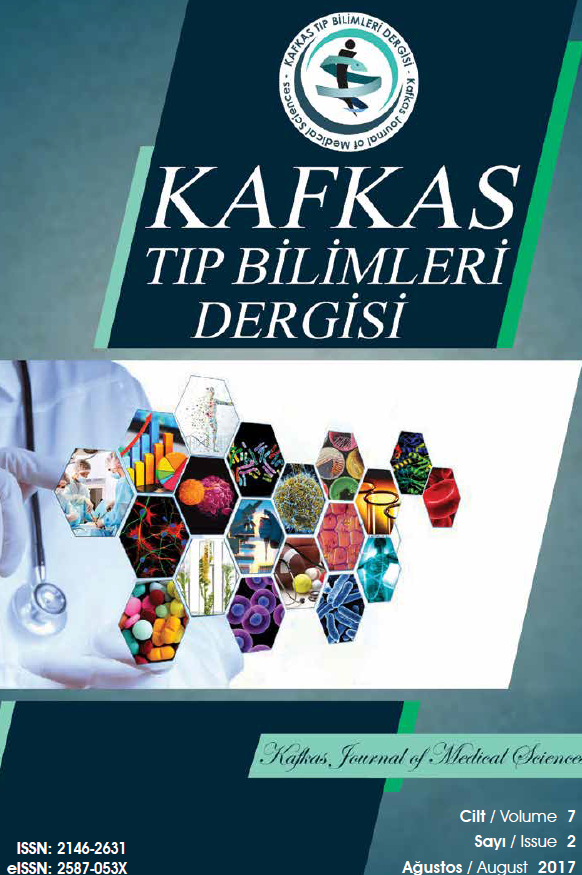Knowledge of Health Professionals on Blood Transfusion Practices, Storage, Clinical Use and Reactions
Knowledge of Health Professionals on Blood Transfusion Practices, Storage, Clinical Use and Reactions
___
- 1. Ördekçi S. Kan ve Kan Ürünleri Transfüzyonu. Bakırköy Tıp Derg. 2006;2(2):83–93.
- 2. Bryant BJ, Alperin JB, Indrikovs AJ. Blood bank on-call physician’s experiences at a large university medical center. Transfusion. 2005;45(1):35-40. doi:10.1111/j.1537-2995.2005.04097.x
- 3. Türk Kızılayı. Kan Hizmetleri 2020 Raporu.; 2020. https://www.kanver.org/Upload/Dokuman/Dosya/ khgmweb-2020-12-08-2021-62161230.pdf
- 4. McClelland DBL. Handbook of Transfusion Medicine, 4rd Ed. (McClelland DBL, editor).; 2007. doi:10.1046/j.13653148.2002.00410.x
- 5. D Poles et al., on behalf of the the British Serious Hazard of Transfusion (SHOT) Steering Group. The 2020 Annual SHOT Report. S Narayan.; 2021.
- 6. Aziz S, Ayub R, Shah N, Siddiqui S. Knowledge of Blood Transfusions , Its Complications & Informed Consent Among Medical Students of Public & Private Sector Medical colleges of Peshawar. Khyber J Med Sci. 2014;7:159–61.
- 7. Mitra K, Mandal P, Nandy S, Roy R, Joardar G, Mishra R. A Study on Awareness and Perceptions Regarding Blood Safety and Blood Donation among Health Care Providers in a Teaching Hospital of Calcutta. Indian J Community Med. 2001;26(1):21. https://www.ijcm.org.in/article.asp?issn=0970-0218.
- 8. Hijji B, Parahoo K, Hossain MM, Barr O, Murray S. Nurses’ practice of blood transfusion in the United Arab Emirates: an observational study. J Clin Nurs. 2010;19(23-24):3347–57. doi:https://doi.org/10.1111/j.1365-2702.2010.03383.x
- ISSN: 2146-2631
- Yayın Aralığı: Yılda 3 Sayı
- Başlangıç: 2011
- Yayıncı: Kafkas Üniversitesi
The Cognitive Benefits of Playing Volleyball: A Systematic Review
Evrim GÖKÇE, Emel GUNES, Erhan NALÇACI
Melanotic Neuroectodermal Tumor of Infancy
Does Subclinical Hypothyroidism Alter the Axis of QRS and P Waves?
Timor OMAR, Metin ÇAĞDAŞ, Mahmut YESİN, Doğan ILİS, Muammer KARAKAYALI, İnanc ARTAC, Mustafa AVCI, Hikmet Utku ODMAN, Yavuz KARABAĞ, Ibrahim RENCÜZOĞULLARI
Past to Present, Epidemiology of SARS-CoV-2 Infection and Ways of Treatment: A Review
Orhan ULUÇAY, Elif ALTUNKÜLAH, Ünal ALKAŞİ
The Role of Endosonography in Patients With Moderate and High Probability of Choledocholithiasis
Rasim Eren CANKURTARAN, Zahide ŞİMŞEK, Yusuf COŞKUN
Evaluation of the Relationship Between Mitral Annular Calcification and CRP/albumin Ratio
